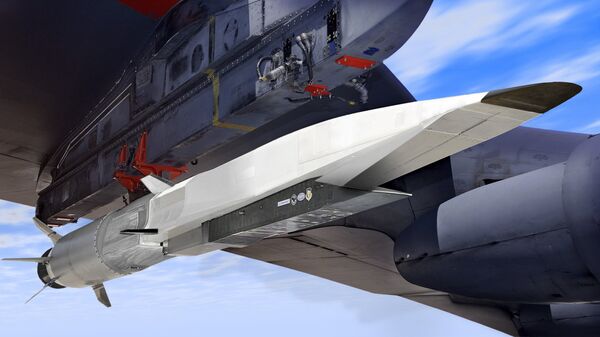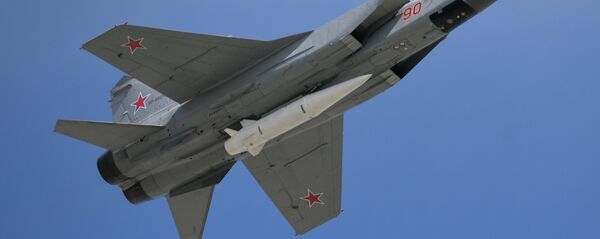As part of a process known as an omnibus reprogramming request, the Pentagon requested that Congress allocate precisely $20 million for an air-launched hypersonic attack weapon, which travels five times the speed of sound, a Bloomberg report noted.
The Pentagon also seeks $65 million for a demonstration of a hypersonic weapon fired from ground forces, to happen sooner rather than later.
Hypersonic weapons are "not an advantage that we can concede to people who wish to be our adversaries," the Pentagon's first-ever undersecretary of defense for research and engineering, Michael Griffin, told reporters July 12.
"You're going to see our testing pace stepping up, and you're going to see capability delivery in the early [2020s] right through the end of the decade," said Griffin, a former administrator of the National Aeronautics and Space Administration.
US media, citing US intelligence, reported last week that Russian MiG-31 jets had tested the "Kinzahl" hypersonic missile a dozen times. The missile is slated to be modified to allow the Tu-22M3 strategic bomber to fire the weapon as well, a Russian Ministry of Defense source told Sputnik News. The Kinzahl successfully hit a target 500 miles, or approximately 800 kilometers, away from the aircraft from which it was launched, CNBC reported July 13.
"How close they are to operational, I just don't know," Griffin said last week of Chinese and Russian hypersonic weapon systems. "But I'm just worried about our end of things."
"China's hypersonic weapons development outpaces ours," then-commander of US Pacific Command Adm. Harry Harris said in an early 2018 Congressional testimony. Harris, who was sworn in as US ambassador to South Korea on June 30, said the US was "falling behind" in hypersonic arms development.
US Air Force Gen. Paul Selva also said in Congressional testimony earlier this year that Moscow and Beijing "moved out pretty smartly" in this sphere, noting that the United States had "lost our technical advantage in hypersonics."



